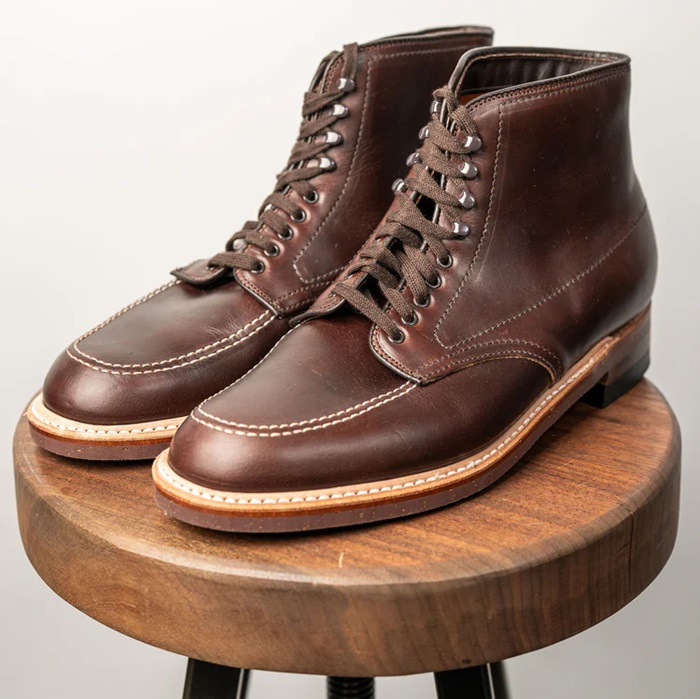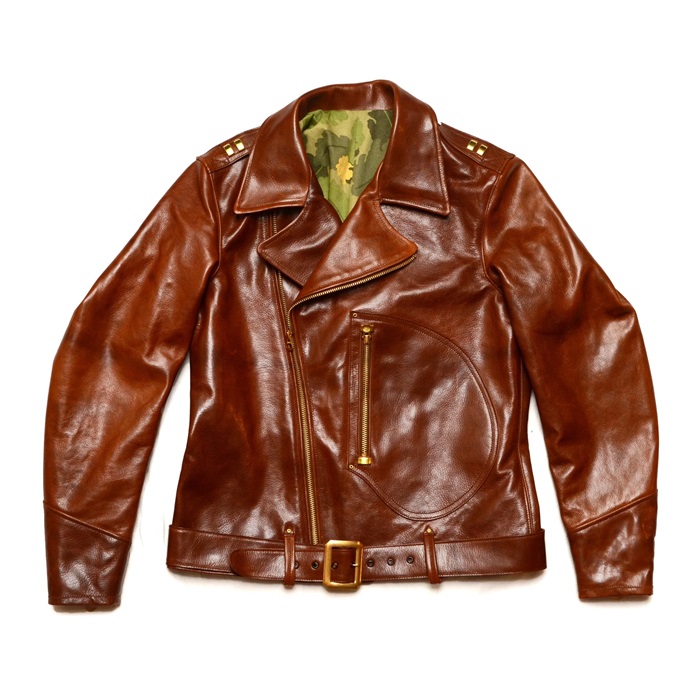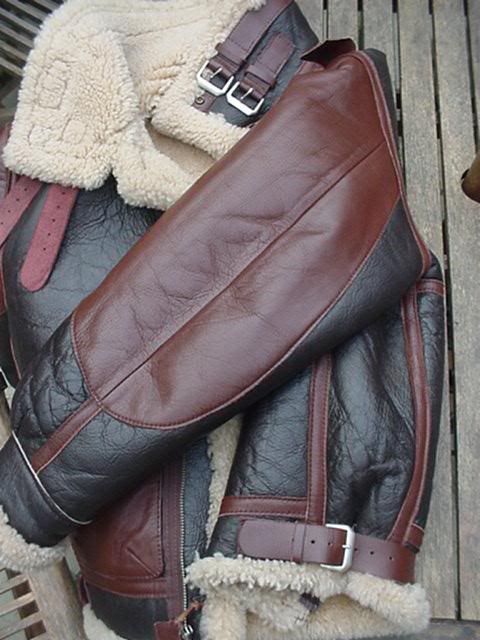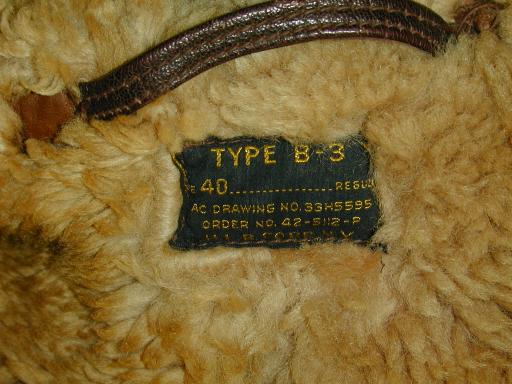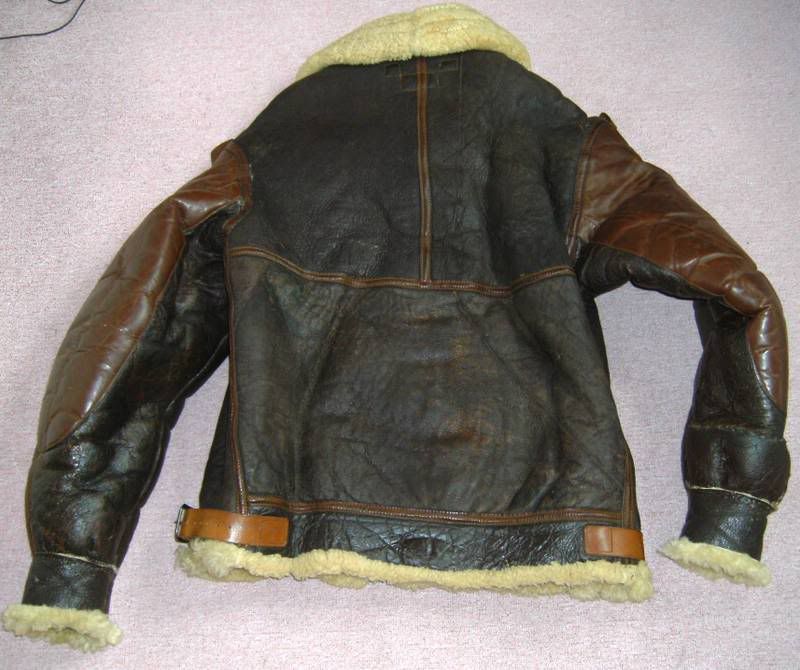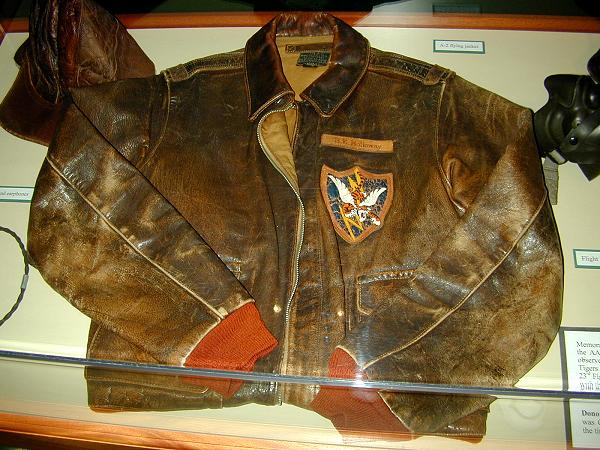Fletch
I'll Lock Up
- Messages
- 8,865
- Location
- Iowa - The Land That Stuff Forgot
OCD is a boon to any man who wants to wear old clothes, and a necessity to anyone who wants to work with them. 
Good luck with your search - maybe Google will turn up some pointers? Keep us up to date on your progress or lack of same.
Good luck with your search - maybe Google will turn up some pointers? Keep us up to date on your progress or lack of same.
